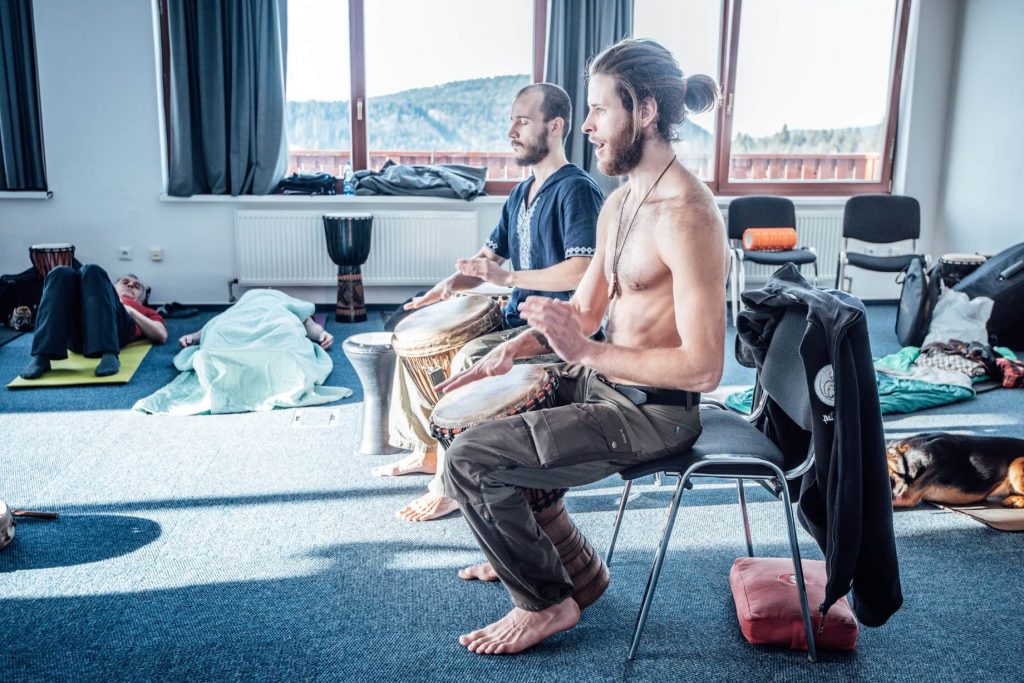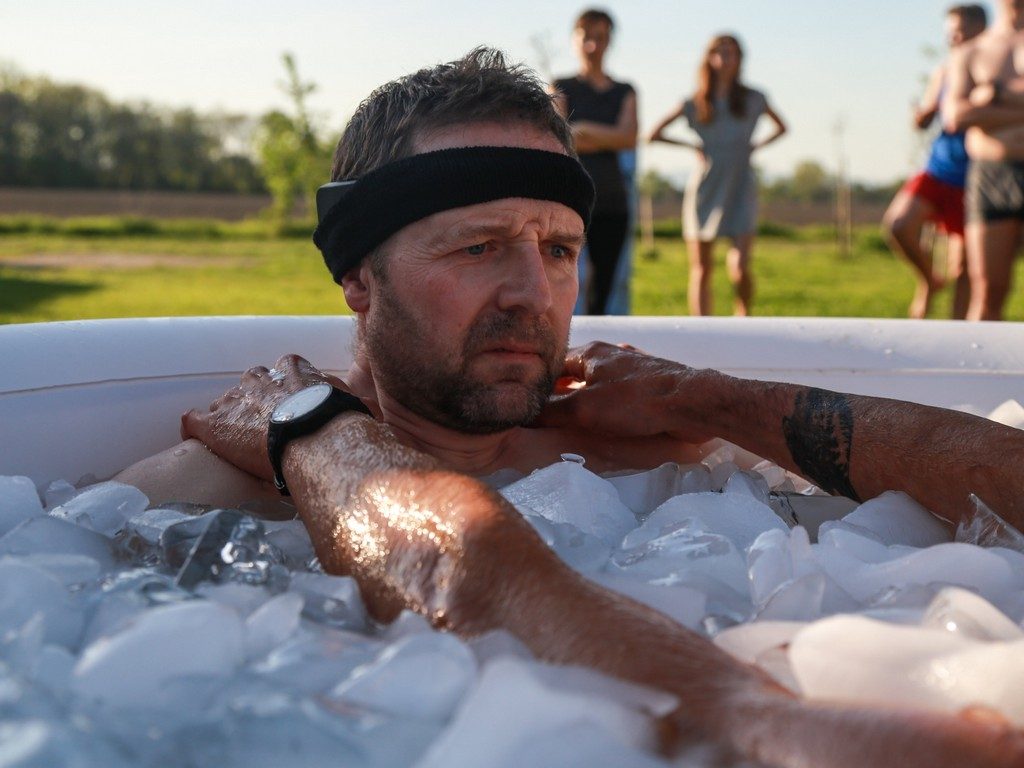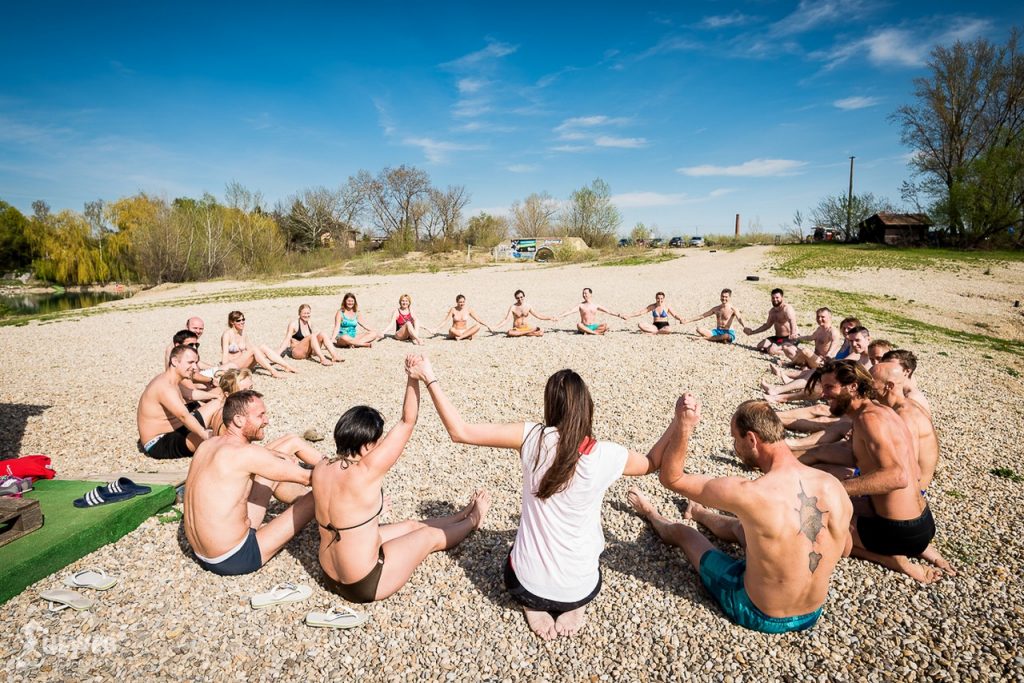We take notice of everything around us, read or listen to the news, buy books, watch others, listen to podcasts and debates to add even more to the imaginary suitcase of information and knowledge. But how often do we think about how the most important thing for our existence works?
How many times per minute does our heart beat? How many litres of blood are pumped by the most important muscle in the body in the same period of time and how many times do we breathe in 60 seconds? What warms up our body? Why do children not feel responsibility and what is the fever good for?
Have you ever listened to the heartbeat of your partner, husband, child, father …? Have you ever harmonized your breath with the person you just embraced? Have you ever felt after cold exposure how cold blood flows into the centre of your body, how you shake as if you put your wet fingers in an electrical plug and how your blood vessels open in the limbs with increasing minutes? Do you know why this happens? Do you know your body?
We spend so much time learning about things, people, animals, food, nature, countries at the other end of the world, cities at other continents, but we rarely have time to get to know our own body, even though we spend with it 24 hours a day, seven days a week, whole life.
Knowing your body does not mean knowing only the names of all muscles and bones. It means understanding the mechanisms which allow us to eat, drink, sleep, exercise, read and do all the things we do every day. A person who takes his body for a walk on unknown roads (such as cold exposure) should know his body way better. However, learning how it works is not the end of the curriculum. Knowledge needs to be put into practice.
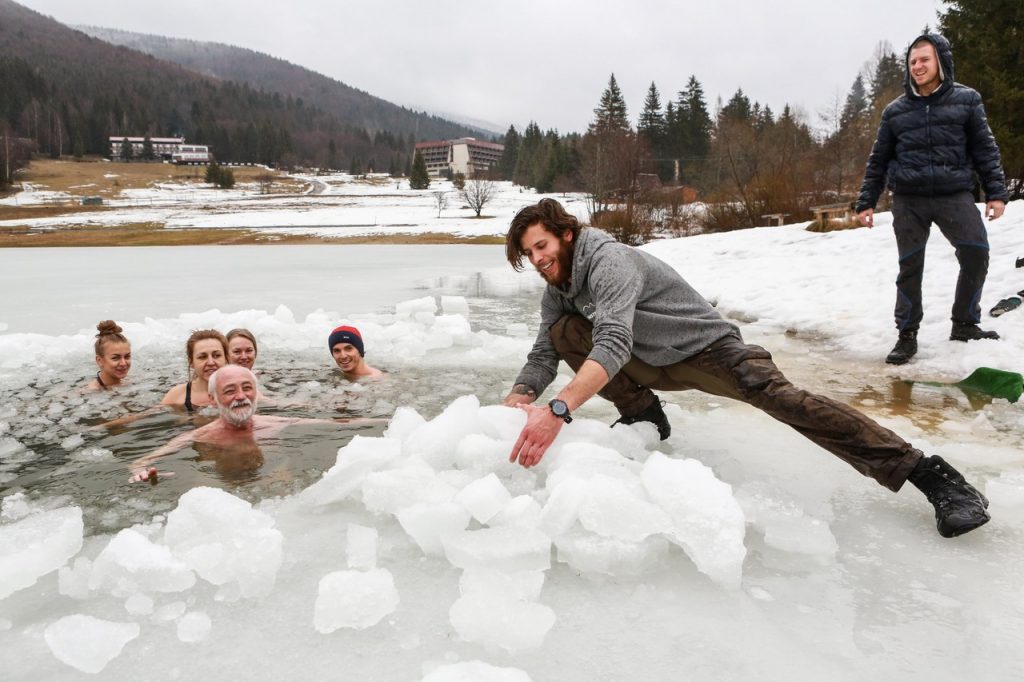
Next time when you get in the icy water, close your eyes and feel your body. Focus on how the brain activity decreases, perceive how the heartbeat slows down and the breath deepens, the diaphragm pushes the organs down and gives the lungs maximum room for a good, deep breath as the vessels in the hands and legs contract and the movement in them slows down. Then rely on your hypothalamus, the part of the brain that cares about you in the cold and knows what’s best for you and won’t let you down. It will shake you, if necessary, put goose bumps on and send your brain signals about the temperature of the water you are in. The body is fragile and strong at the same time. It has encoded simple primitive instincts that keep us alive as well as complex systems that make us think, feel ourselves, and consider our actions.
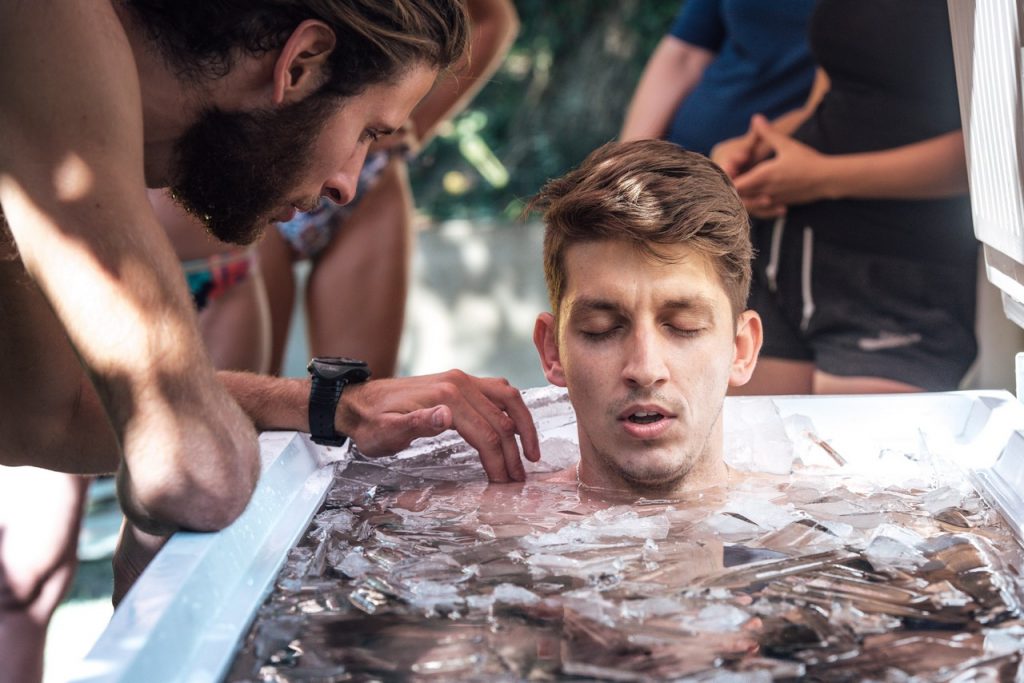
The human body, mine, yours, Wim’s and Martin’s, is in many things similar to other bodies, and different in many aspects also. It doesn’t matter who lasts longer in the icy water and how long can he hold his breath after a cycle of 30 inhales and exhales. The Wim Hof method is, among other things, about knowing one’s own body, its possibilities, abilities, desires, feelings…
Let’s enjoy this year to get to know our body. Let’s not do things mechanically. Let’s turn off our autopilot and feel every breath, step, every dive into the icy water. Let’s forget the words for a moment – the body doesn’t need them to tell us anything. Let’s watch its non-verbal signals: pain, excitement, exhaustion, enthusiasm, thoughts, emotions. Let’s occasionally give our body room for solitude to discover what hides in itself, how it works and what it wants from us at the moment.


